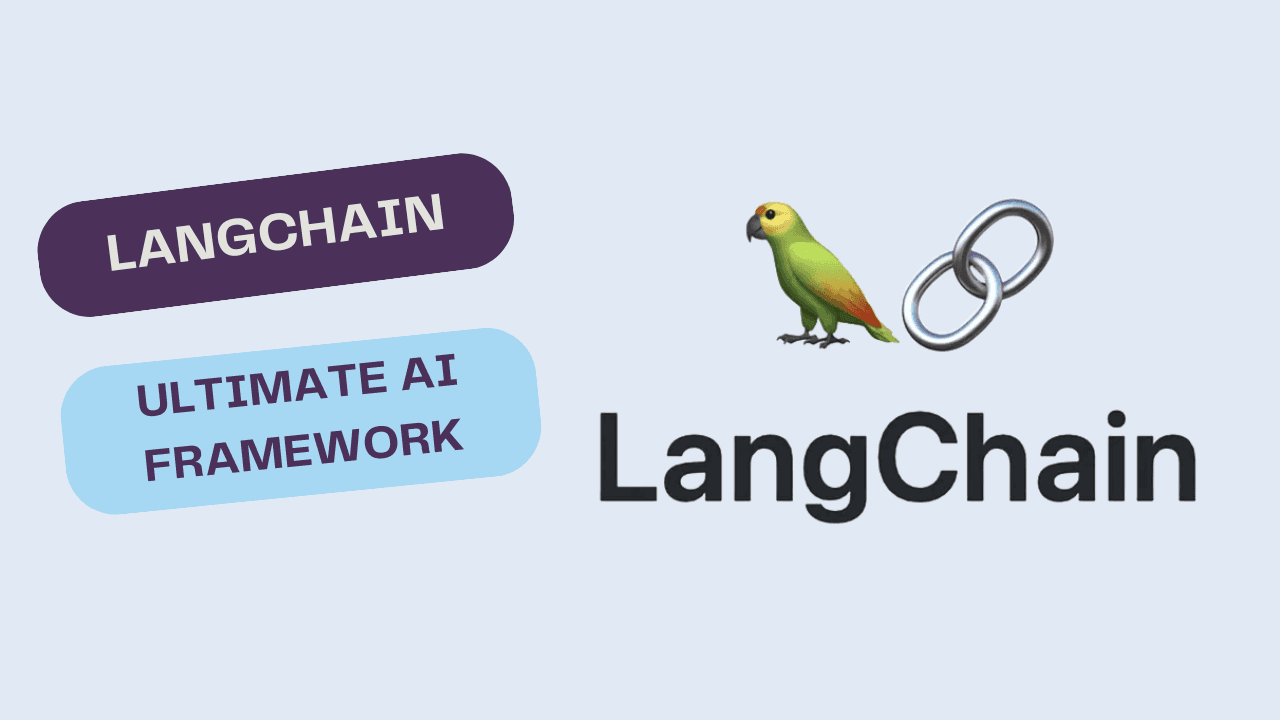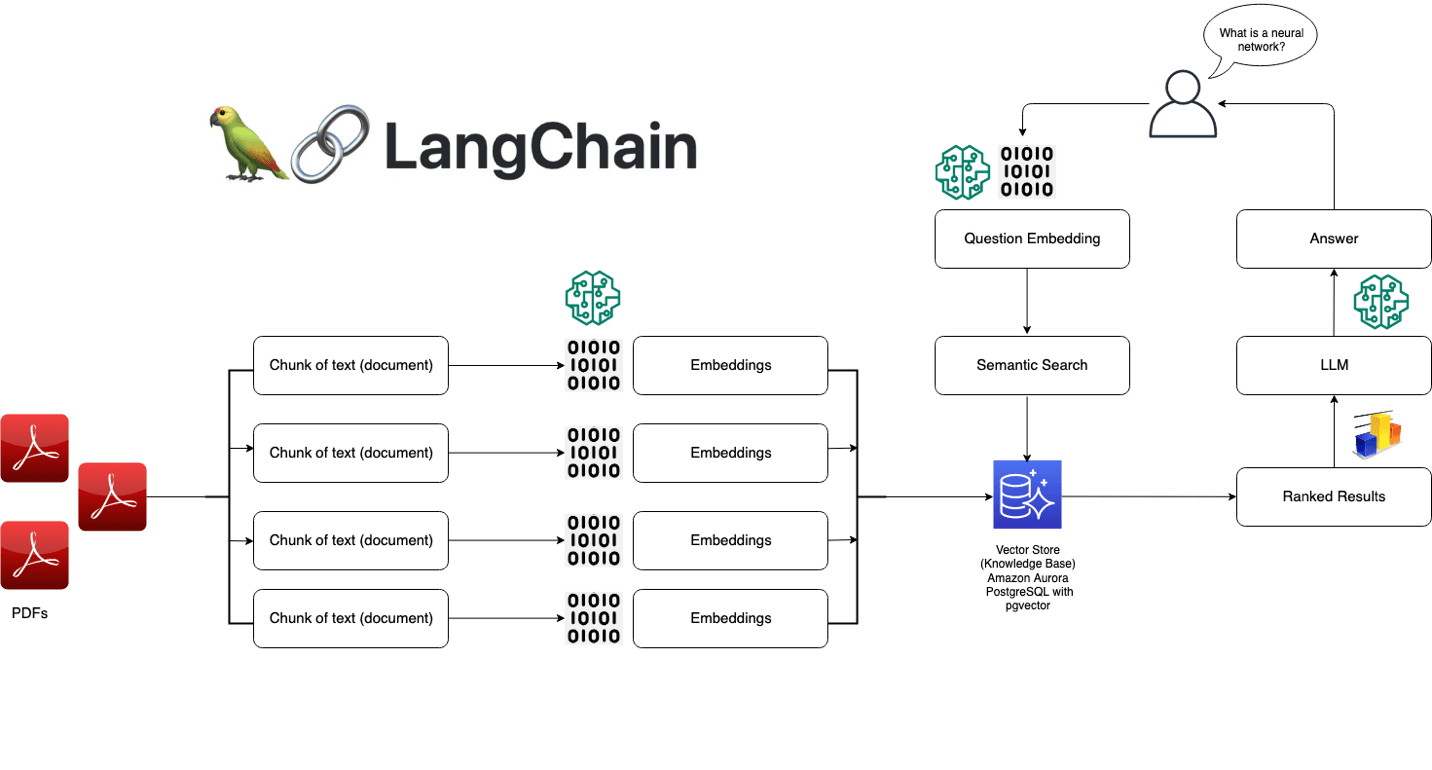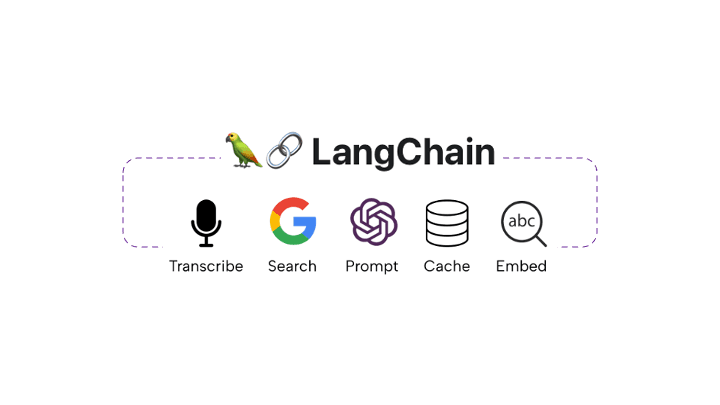LangChain is commonly used for: Building chatbots with context-specific capabilities Summarizing complex documents, emails, or transcripts Question-answering using custom knowledge bases Generating synthetic data for machine learning Automating workflows with virtual agents and robotic process automation (RPA)
-
Streamlined Development: LangChain simplifies building AI apps by integrating multiple large language models (LLMs) and external data sources.
-
Core Components: The framework offers modules like LLMs, prompts, chains, and agents for creating sophisticated workflows.
-
Versatile Use Cases: From chatbots to virtual agents, LangChain is adaptable to various AI-driven applications.
-
Tools for Enhancement: LangChain includes LangServe for API creation and LangSmith for monitoring and debugging.






